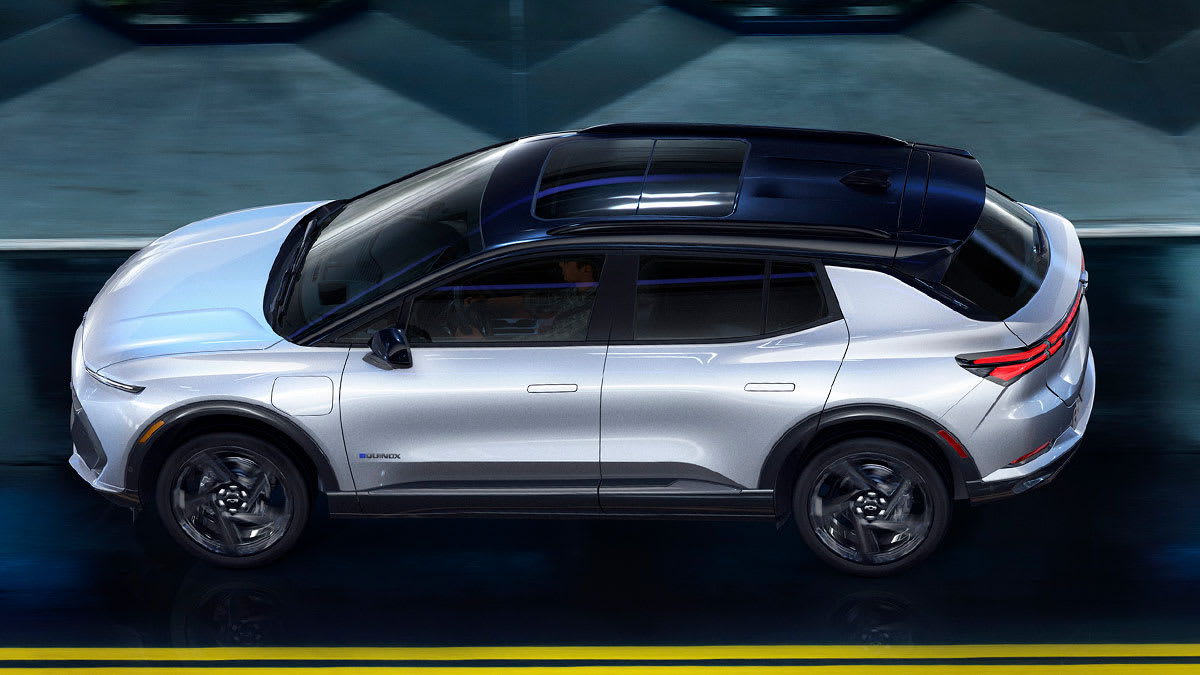Ad-free. Influence-free. Powered by consumers.
Get involved
Issues we work on
Suggested Searches
Recent Searches
Suggested Searches
Product Ratings
Resources
CHAT WITH AskCR
Resources
The payment for your account couldn’t be processed or you’ve canceled your account with us.
Sign In
We don’t recognize that sign in.
Your username maybe be your email address. Passwords are 6-20 characters with at least one number and letter.
We still don’t recognize that sign in.
Retrieve your username.
Reset your password.
*Required
*Required
Forgot your username or password?
Don’t have an account?
My account
Save products you love, products you own and much more!
Other Membership Benefits:
Cars
Car Research
CARS
2025 Top Picks
Car Buying & Pricing
Which Car Brands Make the Best Vehicles?
Tires, Maintenance & Repair
Car Reliability Guide
Key Topics & News
CAR NEWS
Listen to the Talking Cars Podcast
Home & Garden
Bed & Bath
Top Picks From CR
Best Mattresses
Lawn & Garden
TOP PICKS FROM CR
Best Leaf Blowers
Home Improvement
Rated and Reviewed
Best Whole-House Generators
Home Safety & Security
Survey Results
Best Homeowners Insurance Companies
Appliances
Kitchen
SURVEY RESULTS
Most and Least Reliable Refrigerators
Small Appliances
TOP PICKS FROM CR
Best Coffee Makers
Laundry & Cleaning
Top Picks From CR
Best Washing Machines
Heating, Cooling & Air
TOP PICKS FROM CR
Best Air Purifiers
Electronics
Home Entertainment
FIND YOUR NEW TV
Best TVs
Home Office
Rated and Reviewed
Best Printers From CR's Tests
Smartphones & Wearables
Top Picks From CR
Best Workout Earbuds for Your Fitness Routine
Digital Security
Digital Security & Privacy
CR PERMISSION SLIP APP
One app to take back control of your data
More
Take Action
Here’s what you need to know if you purchased an EV or a PHEV in 2025, or plan to lease one
The federal EV tax credit of up to $7,500 on electric cars and plug-in hybrids expired on Sept. 30, 2025.
The changes are due to a budget reconciliation bill, also known as the One Big Beautiful Bill Act. The new and used EV tax credits were set to expire by the end of 2032, but the bill shortened the timeline.
Buyers can still claim the tax credit on eligible vehicles as long as they entered into a binding contract to purchase it and made a payment (including a trade-in or even a small down payment) before Sept. 30, 2025, according to guidance from the IRS. The buyer can claim the credit when they place the vehicle in service as long as it otherwise qualifies.
The future of EV prices remains to be seen. However, some automakers say they plan to offer incentives that can offset the credit, while others have found a way to extend savings from tax credits on certain leased vehicles. For example, Reuters reports that Ford and General Motors have made down payments on EVs currently in dealer inventory that would keep them eligible for tax credits if they are leased before the end of the year.
Before it ended, the credit depended on where EVs were manufactured, where their battery components and minerals originated, the cost of the vehicles, and the earnings of buyers. Vehicles must have been manufactured in North America and have an MSRP of $80,000 or less for an SUV and $55,000 or less for a sedan, wagon, or hatchback.
If a vehicle didn’t qualify, buyers may have been able to get the credit by leasing an EV instead of purchasing it. Plug-in hybrids may have qualified for the tax credit, but regular hybrids did not.
Below is an explanation of how the incentives worked before they ended.
The Treasury Department’s official list of eligible vehicles shows that the cars, trucks, minivans, and SUVs listed below qualified for a full $7,500 tax credit if placed in service between January 1 and September 30 of 2025. In some cases, only certain trim levels or model years qualified.
Photo: Nissan Photo: Nissan
When the tax credit was initially implemented in 2022, the Treasury Department said that sourcing and assembly requirements were intended to move EV manufacturing and sourcing away from China to the U.S.
To qualify for the first $3,750, a portion of a vehicle’s battery components must have been produced or assembled in North America. To get the second $3,750, a portion of the critical minerals used in the battery must have been extracted or processed in the U.S. or in a country that’s a U.S. free trade agreement partner, or they must have been made from materials recycled in North America. The percentages increased every year.
None of those regulations applied to leased EVs and PHEVs, so potential buyers interested in an electric car or a plug-in hybrid that wasn’t eligible for a tax credit could consider leasing instead of purchasing.
Eligibility was determined by the individual vehicle, not by model. Automakers submitted the vehicle identification numbers (VINs) of eligible vehicles to the IRS, and only those vehicles qualified for a tax credit.
Most dealerships applied the tax credit during the purchasing process. If they didn’t, you can submit IRS Form 8936 when filing your taxes.
It’s not just the car—it’s also the buyer. To qualify for a new car tax credit, your household must have had an adjusted gross income of up to $300,000. If you filed as a head of household, you must have earned below $225,000, and individual filers only qualified with income below $150,000. This provision did not apply when a vehicle was leased.
Photo: John Powers/Consumer Reports Photo: John Powers/Consumer Reports
To qualify for a tax credit of up to $7,500, a new EV or an eligible plug-in hybrid electric vehicle (PHEV) must have met certain rules:
• A vehicle’s MSRP must not have exceeded certain limits, so pricey EVs like the GMC Hummer EV, Lucid Air, and Tesla Model S didn’t qualify. For SUVs, pickup trucks, and vans, the threshold was $80,000. For sedans, hatchbacks, wagons, and other vehicles, the credit cutoff was $55,000. Those limits were based on a vehicle’s MSRP, not on its sale price, so a heavily discounted luxury car would not qualify. In addition, the requirement might not have applied to some leased vehicles.
• Regardless of how a vehicle is advertised, whether it counts as an SUV, a wagon, or a hatchback was determined by the Environmental Protection Agency and listed on the window sticker. For example, the Ford Mustang Mach-E is listed as a small SUV, but the Chevrolet Bolt EUV is classified as a small station wagon.
• A vehicle must have been assembled in North America, including Canada and Mexico, to qualify for any tax credit. That eliminated credits for vehicles assembled elsewhere. It didn’t matter whether a vehicle came from an Asian or a European brand, only where it was assembled.
• To qualify for a full tax credit, at least 50 percent of a vehicle’s battery components must have been produced or assembled in North America. In addition, at least 40 percent of critical minerals used in the battery must have been extracted or processed in the U.S. or in a country that’s a U.S. free trade agreement partner, or they must have been made from materials recycled in North America. The new rules were intended to become stricter over time, with requirements increasing by 10 percent each year through 2027. By then, 90 percent of battery components and 80 percent of critical minerals would have to meet the guidelines.
• Car buyers would have to meet certain income guidelines. Households with an adjusted gross income up to $300,000 would still qualify for the credit, while heads of households had to earn below $225,000, and individual filers qualified only with income below $150,000. This provision did not apply when a vehicle is leased.
• PHEVs with a battery of at least 7 kilowatt-hours might have qualified for a tax credit as long as they met all of the other requirements. For PHEVs, the tax credit was calculated either as 15 percent of the vehicle’s MSRP, the dollar difference between the cost of the PHEV and a similarly equipped gas-powered version of the same vehicle, or $7,500—whichever was lowest.
• Starting in 2024, vehicles with battery components from countries that have been designated “foreign entities of concern”—including companies owned by, controlled by, or subject to the jurisdiction or direction of the governments of China, Iran, North Korea, and Russia—were no longer eligible for a tax credit. Automakers were responsible for tracing their supply chains, and the IRS determined which vehicles met the criteria.
• There was no vehicle sales cap on tax credits that made EVs and plug-in hybrids from GM, Tesla, and Toyota ineligible under earlier rules. In years past, once an automaker sold more than 200,000 qualifying vehicles, the credit began to phase out.
Photo: Chevrolet Photo: Chevrolet
Most traditional leases qualified for a $7,500 commercial credit that wasn’t subject to the myriad requirements to qualify for the consumer new-vehicle credit. If you leased a car before the tax credit expired, you’ll still be able to take advantage of the credit because the credit was claimed by the leasing company at the time the lease originated.
Here’s how it worked: In the case of a lease, the dealer would receive the commercial credit, not the person leasing the vehicle, and it would be up to the dealer to pass those savings on to the consumer, potentially by lowering the vehicle’s purchase price. If a dealer did pass the savings along, drivers could get a tax credit on a car made outside North America. High-income consumers and those who leased a high-cost EV, such as a Lucid Air or Tesla Model S, could also enjoy the $7,500 credit, as long as the dealer passed those savings along.
Some automakers, including Hyundai, Lucid, and Polestar, already factored in a full $7,500 tax credit to the lease deals listed on their websites. Learn more about leasing here.
Buyers of used EVs got a tax credit for the first time, either $4,000 or 30 percent of the sale price of the vehicle, whichever is lower, as long as they bought a car from an authorized dealership, and only if the vehicle wasn’t previously resold after Aug. 16, 2022. In other words, a one-owner used car sold at a dealership may have been eligible for a tax credit, but a two-owner car wouldn’t be. A one-owner car sold privately wouldn’t be eligible, either.
The income threshold was lower for used EV buyers: $150,000 for joint filers, $112,500 for heads of household, and $75,000 for individuals. However, the rules regarding where the car was manufactured or where the battery originated didn’t apply to used vehicles.
This tax credit also disappeared on Sept. 30, 2025.
Keith Barry
Keith Barry has been an auto reporter at Consumer Reports since 2018. He focuses on safety, technology, and the environmental impact of cars. Previously, he led home and appliance coverage at Reviewed; reported on cars for USA Today, Wired, and Car & Driver; and wrote for other publications as well. Keith earned a master’s degree in public health from Tufts University. Follow him on BlueSky @itskeithbarry.bsky.social.
We respect your privacy. All email addresses you provide will be used just for sending this story.
Trending in Hybrids/EVs
Best Used Cars for You
Best Used Cars and SUVs Under $20,000
Preview: 2026 Toyota RAV4 Is All Hybrid With More Power and Tech
Most and Least Loved Car Brands












